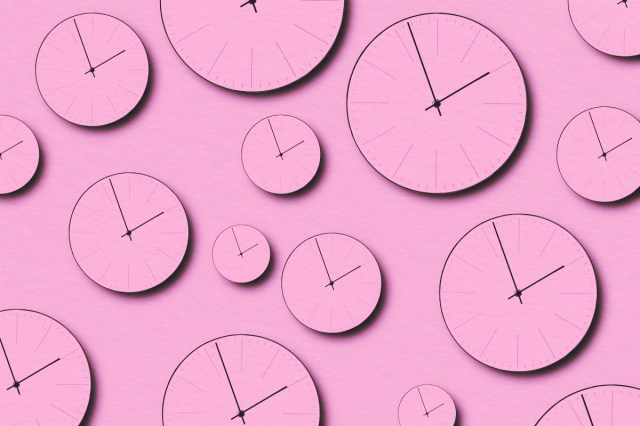When Did We Start Putting Ice in Drinks?
Few things are as refreshing as an ice-cold drink on a hot day. Indeed, ice is an essential part of the beverage industry today, with the global ice maker market valued at more than $5 billion. In the United States alone, the average person consumes nearly 400 pounds of ice per year.
Despite its popularity, most of us have probably never thought about how ice-cold drinks evolved into an everyday necessity. This simple pleasure has a long and interesting history shaped by ancient ingenuity, global trade, and evolving technology. From emperors importing ice from distant mountains to entrepreneurs revolutionizing its distribution, the journey of the ice in our drinks is a story of innovation that dates back to the first human civilizations.

The Use of Ice Is 4,000 Years Old
Long before refrigerators and freezers, ancient civilizations found ingenious ways to keep drinks cool. The earliest recorded instance of ice storage dates back to the reign of Shulgi, the king of Ur in Mesopotamia from 2094 to 2046 BCE. Shulgi named the 13th year of his reign “Building of the royal icehouse/cold-house” (years were often named after a significant event), suggesting the construction of an icehouse during that period.
In China, the practice of harvesting and storing ice dates back to at least 1100 BCE. During the Zhou dynasty (1046 to 256 BCE), the royal court established a specialized department responsible for collecting natural ice blocks each winter and storing them in icehouses for use in the warmer months. This stored ice was used to cool food and beverages, including wine, and was also used in medical treatments.
Over time, ice collection became an organized practice, with officials overseeing its storage and distribution. Around 400 BCE, the Persians took preservation a step further by constructing yakchals — massive, domed icehouses made of heat-resistant mud brick. These structures allowed them to store ice year-round, even in the arid desert climate. By carefully directing water into shallow pools that froze overnight, they amassed ice supplies that could later be used to cool drinks or create early versions of frozen treats.

















